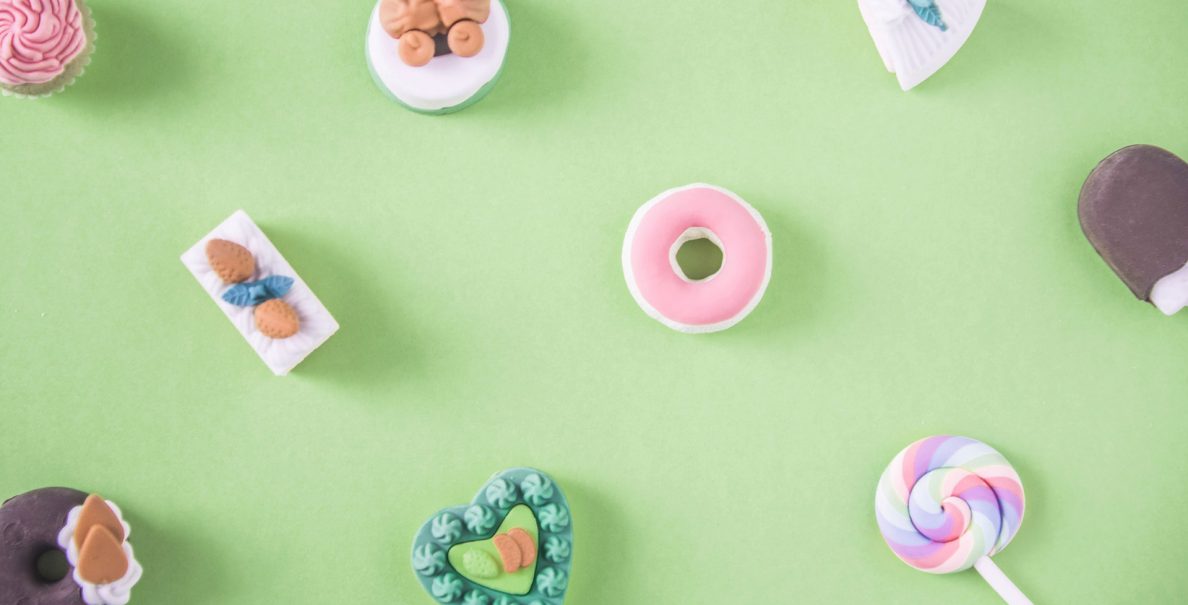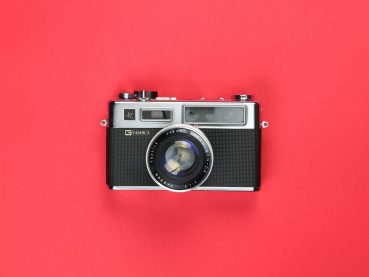
HBO Women’s Equality Day Examples
HBO’s provocative examples for Women’s Equality Day Inform us that there’s still a lot of work to be completed in the fight for women’s equality.
Responses by Michelle Smith, copywriter and Amy Wheeler, artwork Director, Wieden+Kennedy New York
Wallpaper: It’s been 99 years since women were This project demonstrates the value of representation at the continued fight for equality. Our target of”women” has just lately come to include all women–not just White women, but spanning race, class, sexual orientation, disability and gender.
Reasoning: 99 years ago, the women’s cause was Championed from the suffragettes. Banned from advertising in the press, the suffragettes’ political animations were critical to spreading their message. We modernized these cartoons for HBO’s personalities to show the persistence of those issues, the intersectionality of modern feminism and the role these stories play in the ongoing fight for women’s equality. Most importantly, we wanted to demonstrate that Women’s Equality Day is not a day of celebration, but a reminder of the work that still needs to be done.
Challenges: Distilling an incredibly Intricate and Layered issue into a static picture to inform a much bigger narrative. We had the daunting task of simultaneously paying homage to the suffragette movement, honoring the storylines of our personalities and depicting the issues in a thoughtful, digestible and clever way.
Favorite details: How provocative we were capable To push this job to be. By Hannah literally flipping off the men who comment on her body to Molly side-eyeing the qualified guy making more money than her, each animation is a pointed provocation. They are not only broad messages of empowerment; they’re highlighting the anger and hopelessness of what it is like to be a female in this world.
Visual influences: We drew much of our Inspiration from late nineteenth- and early twentieth-century political animations, adapting their uses of symbolism, satire, irony and hyperbole to communicate our message. We combined the vintage political animation look and tone together with the more modern, updated fashion of our illustrator, Jeanne Detallante to make a look that was both an homage and something we could call our own.
Anything new: We learned the most about the revisionist history of the women’s movement. Though the suffragette movement is credited with granting women the right to vote, seldom can it be acknowledged that”girls” included only White girls; girls of colour were not allowed suffrage until 1965. Almost a century later, women of color are still lacking representation in the women’s movement–though the wage gap is widely reported to be 80 cents to a man’s dollar, this statistic does not reflect the average of 61 cents on the dollar produced by Black women, and the 58 cents made by Hispanic women. Intersectionality is vital in the fight for equality, because if a single girl isn’t equal, none of us are.
HBO’s provocative illustrations for Women’s Equality Day Remind us that there is still a great deal of work to be done in the fight for women’s equality.
Responses by Michelle Smith, copywriter and Amy Wheeler, art
Wallpaper: It has been 99 years since women were granted the right to vote. This project illustrates the value of representation in the continued fight for equality. Our goal of”women” has just recently come to include all women–not only White ladies, but spanning race, class, sexual orientation, disability and sex.
Reasoning: 99 Decades ago, the women’s trigger was Championed by the suffragettes. Banned from advertising from the media, the suffragettes’ political cartoons were critical to spreading their message. We modernized these animations for HBO’s characters to show the persistence of these issues, the intersectionality of contemporary feminism and the role these stories play in the ongoing struggle for women’s equality. Most importantly, we wanted to show that Women’s Equality Day isn’t a day of celebration, but a reminder of the work that still needs to be carried out.
Challenges: Distilling an incredibly Intricate and Layered issue to a static picture to inform a much larger story.
Favorite details: How provocative we had been able To push this job to be. By Hannah literally flipping off the guys who comment on her entire body to Molly side-eyeing the qualified guy earning more money than her, every animation is a pointed provocation. They’re not just broad messages of empowerment; they’re highlighting the anger and hopelessness of exactly what it’s like to be a woman in this world.
Visual influences: We brought much of our Inspiration from late nineteenth- and early twentieth-century political animations, adapting their applications of symbolism, satire, irony and hyperbole to convey our message. We combined the classic political cartoon look and tone with the modern, updated fashion of our illustrator, Jeanne Detallante to create a look that was both an homage and something we could call our own.
Anything new: We learned the most about the Though the suffragette movement is credited with granting women the right to vote, rarely can it be acknowledged that”women” comprised only White women; women of color weren’t granted suffrage until 1965. Intersectionality is vital in the battle for equality, since if a single woman is not equal, none of us are.
HBO’s provocative examples for Women’s Equality Day Remind us that there’s still a great deal of work to be done in the struggle for women’s equality.
Responses by Michelle Smith, copywriter and Amy Wheeler, artwork
Background: It’s been 99 years because women were Though significant progress has been made, there still remains more work to be done. This project demonstrates the importance of representation at the continued fight for equality. Our goal of”women” has just recently come to include all women–not just White women, but spanning race, class, sexual orientation, disability and gender.
Reasoning: 99 years ago, the women’s cause was Championed from the suffragettes. Banned from advertising from the media, the suffragettes’ political animations were critical to spreading their message. We modernized these animations for HBO’s characters to demonstrate the persistence of those issues, the intersectionality of modern feminism and the role these tales play in the continued struggle for women’s equality. Most importantly, we wanted to demonstrate that Women’s Equality Day is not a day of celebration, but a reminder of the work that still needs to be done.
Challenges: Distilling a Remarkably Intricate and Layered issue into a static picture to inform a much larger story. We had the daunting task of simultaneously paying homage to the suffragette movement, honoring the storylines of our characters and depicting the difficulties in a thoughtful, digestible and smart way.
Favorite facts: How provocative we were capable To push this job to be. From Hannah literally turning off the guys who comment on her entire body to Molly side-eyeing the qualified man making more money than her, each animation is a pointed provocation. They’re not just broad messages of empowerment; they are highlighting the despair and anger of what it is like to be a woman in this world.
Visual influences: We brought much of our Inspiration from late nineteenth- and early twentieth-century political animations, adapting their applications of symbolism, satire, irony and hyperbole to communicate our message. We combined the vintage political cartoon look and tone together with the modern, updated fashion of our illustrator, Jeanne Detallante to create a look that was both an homage and something we could call our own. Anything fresh: We heard the most about the While the suffragette movement is Already imputed with granting women the right to vote, seldom can it be Acknowledged that”girls” included only White girls; women of color were not Allowed suffrage until 1965. Almost a century later, women of color are still Lacking representation in the women’s movement–although the wage gap is widely Reported to be 80 cents to a man’s dollar, this statistic doesn’t reflect the Average of 61 cents on the dollar made by Black women, and the 58 cents made by Hispanic women. Intersectionality Is Essential in the fight for equality, because If one woman isn’t equivalent, none of us are.




